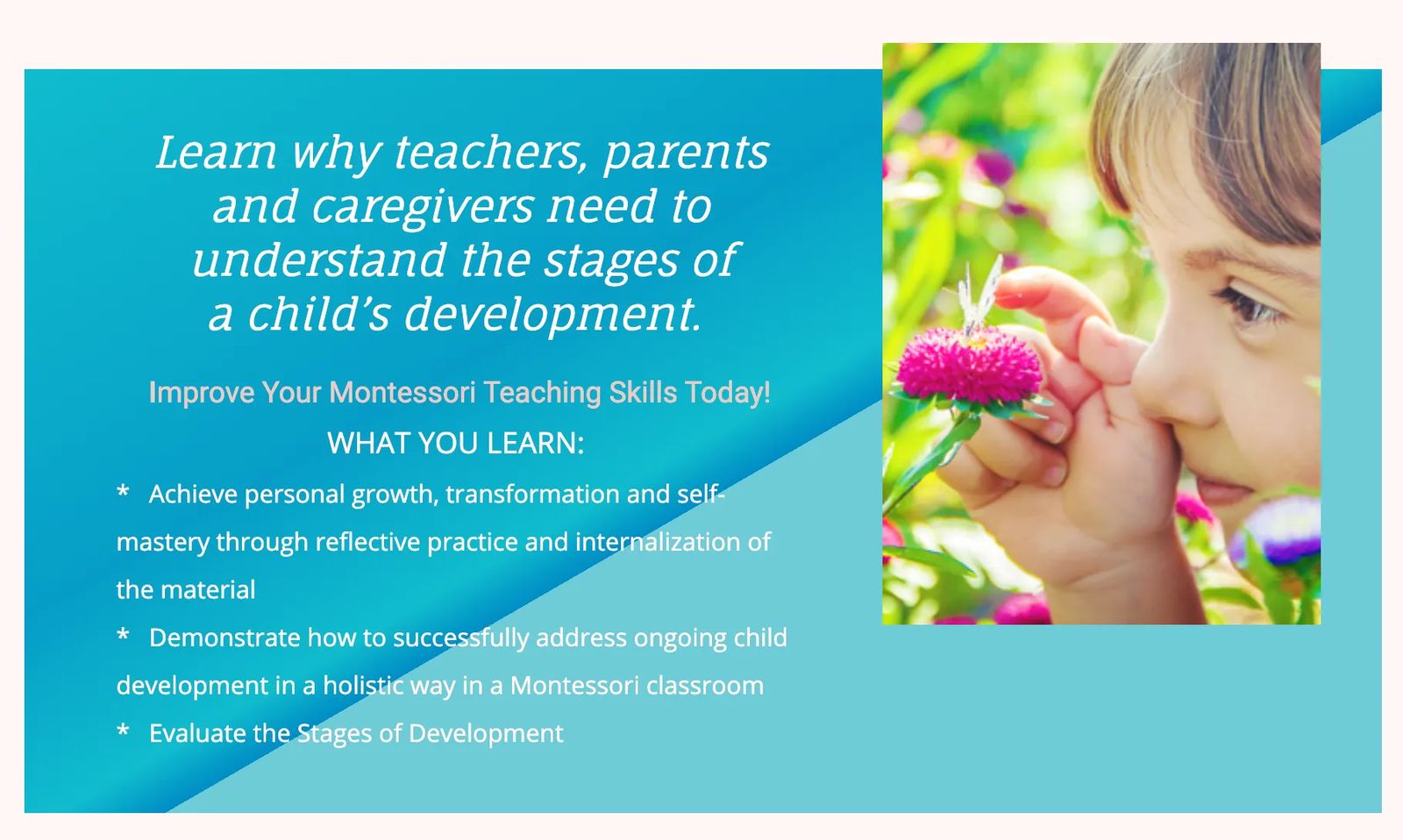Can you make a leaf change its color?
"Whoever touches the life of the child touches the most sensitive point
of a whole which has roots in the most distant past and climbs
toward the infinite future." - Dr. Maria Montessori
Every morning for the past month, I have eaten my breakfast outside on my deck enjoying the beautiful autumn weather. I love this time of year and, like a young child looking forward to a special event, I anticipate the changing of the leaves from a lush green to the colorful yellows, reds and oranges. A couple of days ago, the flowering dogwoods had changed to a vibrant red, bringing color and brilliance to my back yard and peaceful morning experience.
This was the first year that we had a deck, and my husband and I couldn’t wait for our wooded backyard to turn into a breathtaking color palette. However, this change seemed to be starting later than in previous years. That is why it was such a surprise to wake up one morning and see the bright red on the trees. It seemed to have happened overnight.

Yet, we know that leaves change color over time. The scientific explanation has to do with the chlorophyll. As the nights get longer in the autumn, chlorophyll production slows down and then stops. Eventually all the chlorophyll is destroyed. That’s when the carotenoids and anthocyanins that are present in the leaves are unmasked and show their colors.
This changing of the leaf colors happens during the tree’s cycles, not through my husband’s or my desire to see the outcome. Imagine me going out to the trees and demanding that their leaves change color because the calendar said it was fall or because I wanted to experience their beauty. You and everyone else, rightfully so, would think that I was a little crazy.
Yet, that is what we do with our children every day in school when we teach a specific curriculum with a rigid schedule instead of teaching to the needs of the child. Maria Montessori understood this and recognized that children go through sensitive periods. It is during these periods that they acquire certain abilities, such as language, spatial awareness, and mathematics understanding, etc. We cannot force these sensitive periods to happen and once the sensitive period for a particular ability has passed, the child cannot absorb the ability easily, but must be taught with conscious effort. This is because the development of the brain has progressed past the point at which particular information sensitive to that period can be simply absorbed.
Just like there are seasons for a tree to produce leaves, flowers, fruit, and the changing of the colors, so there are sensitive periods for learning. However, the difference between a tree’s cycle and that of a child’s sensitive period is that the tree will go through the same cycle year after year. A child will not. That is why it is critical to recognize and meet the needs of children during their sensitive periods. This cannot be done with certainty through a contrived curriculum schedule.

One of the most remarkable things about the sensitive periods is that once you know they are there, you begin to see them. And when you simply prepare an environment where it is possible for the child to learn these things, his learning takes place with ease and joy. Here is a list of just a few of the sensitive periods first identified and recognized by Maria Montessori. The precise timetable for these periods may vary from child to child according to individual needs:
- 1-3 years: Spontaneous interest in order
- 4½-5 years: Spontaneous interest in learning to write
- 5-6 years: Spontaneous interest in learning to read
To learn more about the sensitive periods click here. As you enjoy nature’s splendid beauty this autumn, remember that it is a cycle unique to the trees that makes the changing of colors possible. Use the loveliness of autumn as a reminder that our children have their own cycles. These precious cycles are for the development of their souls in reaching their own unique genius. We can help our children learn during these sensitive periods more easily when we understand and use the teachings given to us from Maria Montessori.
Find out more about our two week course on Stages of Development

Blog By: Janet Nordemann, M.Ed.
Retired Montessori Elementary Teacher and Age of Montessori Faculty Member






















